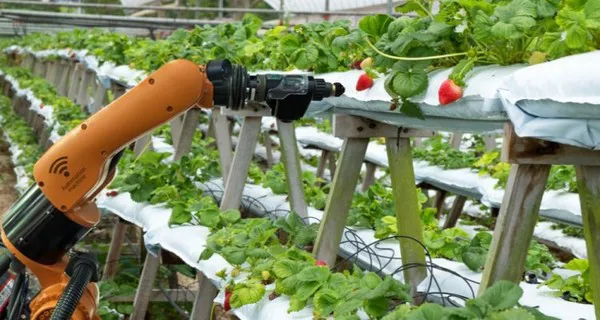Monday 14 June two committees of the European Parliament organized an online hearing about the future of agriculture and food security in the digital age. The hearing was organized by the committee Artificial Intelligence in a Digital Age (AIDA) and the committee Agriculture and Rural Development (AGRI). One of the experts who spoke was Sjaak Wolfert, researcher digital innovation of Wageningen University & Research (WUR).
During the hearing, two panels went into discussion. In the first panel experts pitched on how artificial intelligence (AI) can promote the transition to more sustainable agriculture. Wolfert pitched the “AI-vision of Wageningen Economic Research” as part of this first panel. In this vision the researchers state that when developing AI applications for agriculture and the food sector, not only the technical aspects, but also the socioeconomic aspects are important. Wolfert explains: “An application should not only be technically robust but also socioeconomically feasible and socially and ethically desirable”.

Wolfert mainly focused on the ethical and socio-economic questions. As an example, he gives the Dutch child allowance scandal: “Comparable discrimination plays a role in agriculture as well, for example when algorithms implicitly assume a specific type of agriculture and thereby exclude others”. Still, his conclusion is positive: “If we do interdisciplinary research and user-centered innovation, we can create good AI applications”.
